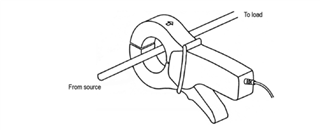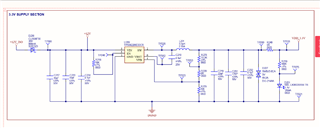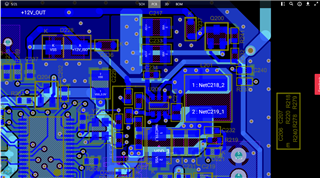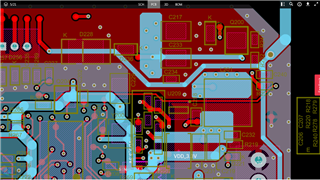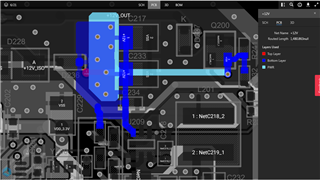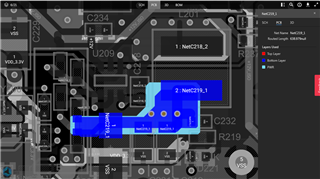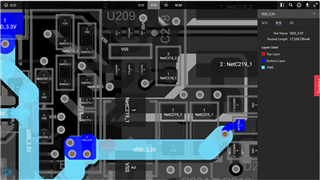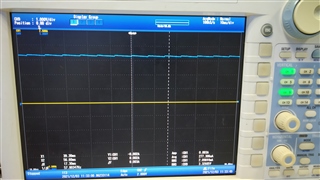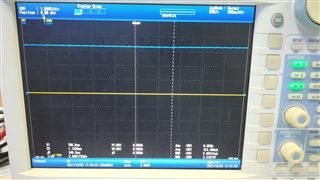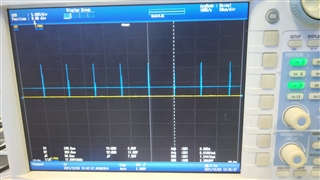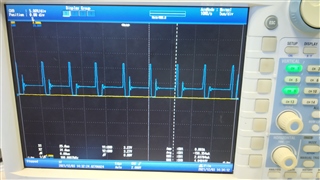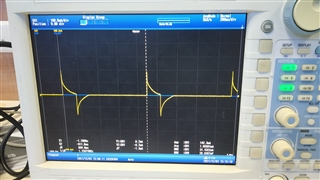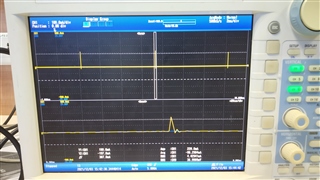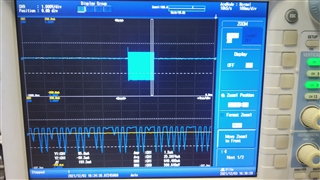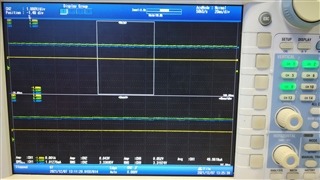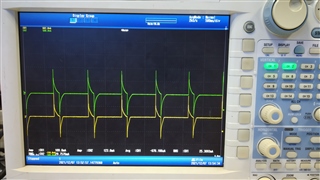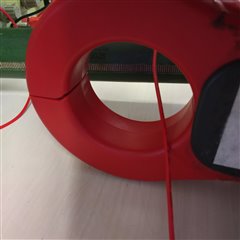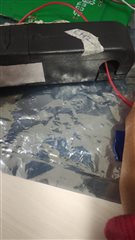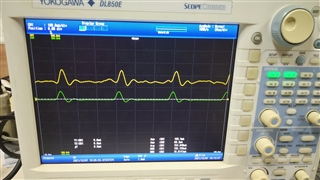Hi,
I have used TPS562200ddcr to convert my 12VDC to 3.3VDC.
While testing the module on my PCB I noticed that I receive the appropriate 3.3V output as desired but the output current seems to be oscillating and reaching a negative value which is not ideally the response I was looking for.
I simulated the same on WEBENCH designer and the waveforms do not match. I am adding an image for reference. The yellow channel is the current.
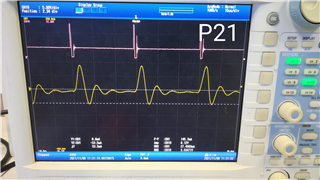
Furthermore, I mounted the entire circuit provided in the product's datasheet on a bare PCB. I added a variable load of 0-100 ohm at the output side.
There still seems to be a ringing with the current going below the 0A threshold level. I am adding another image as a reference.
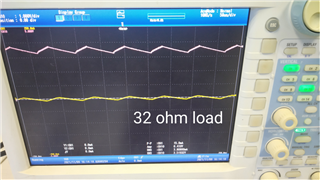
Can the concerned help me qualify this behavior of the IC?
Thank & Regards
Soham Ranade
Larsen and Tuobro Technology Services


